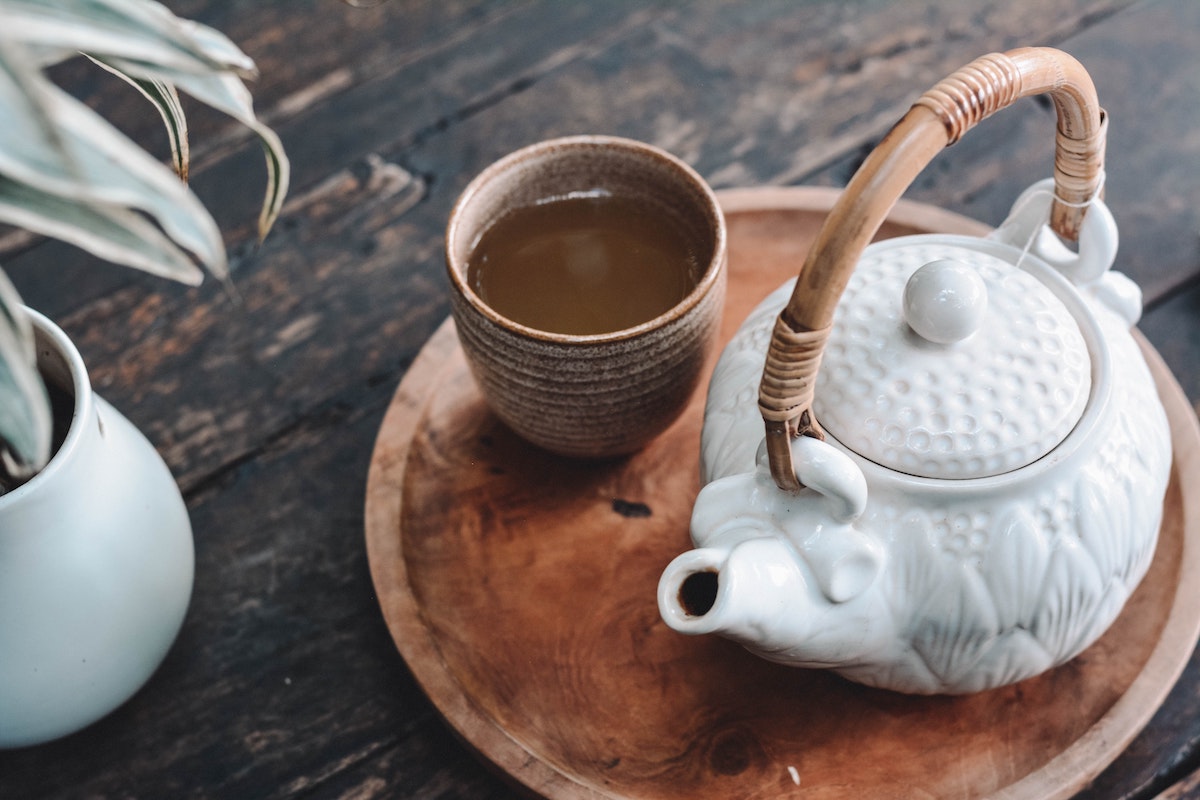The camellia sinensis plant provides the base for what remains the most widely-consumed beverage in the world (after water), with a history spanning thousands of years and nearly all cultures. As a result, tea offers an unique, multidisciplinary lens for studying history, biology, and economics simultaneously.
For Middle Schoolers and High Schoolers
This course is designed for middle schoolers and high schoolers who want to do something very different from a typical social science, history, or science course—indeed, it will give them a taste of what college has to offer, a course where these disciplines collide and inform each other in the real world.
During the course students will learn about the five categories of tea, as well as their regional and stylistic variations. Part of our learning approach will be to look at the plant’s journey from “leaf to cup,” covering agronomy, manufacturing and processing, grading, distribution, blending, brewing, and imbibing.
History, Economics, and Agronomy (Biology)
We will also cover the broad history and influence of the beverage throughout the world, and how it has been a source of both connection and international conflict. Various suggested and required texts will form the basis of weekly discussions and assignments, ranging from memoirs, myths, and historical texts, with the goal of gaining a greater understanding of the history and culture of tea.
There will also be a strong emphasis on hands-on learning. Students will be required to purchase a variety of teas at the outset; and we will open each session by brewing (properly!) and sharing a cup of tea. This portion of the course will also allow us to discuss the principles of tasting tea, both from a personal and professional perspective.
In-Situ Learning
This course can be custom designed for students—like worldschoolers—who are in a place where tea has a significant presence—like Southeast Asia. In those cases, we can design field trips, visits, and hands-on experiences to situate learning in place (in-situ) and make it deeper and more connected.

